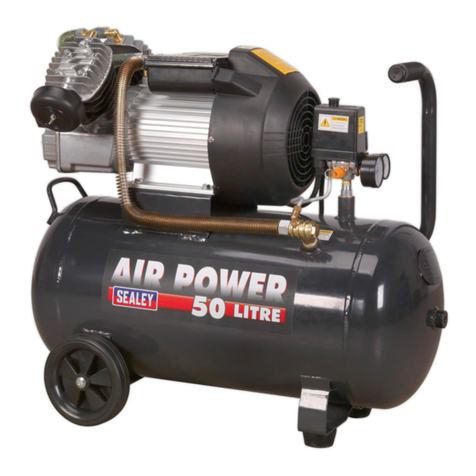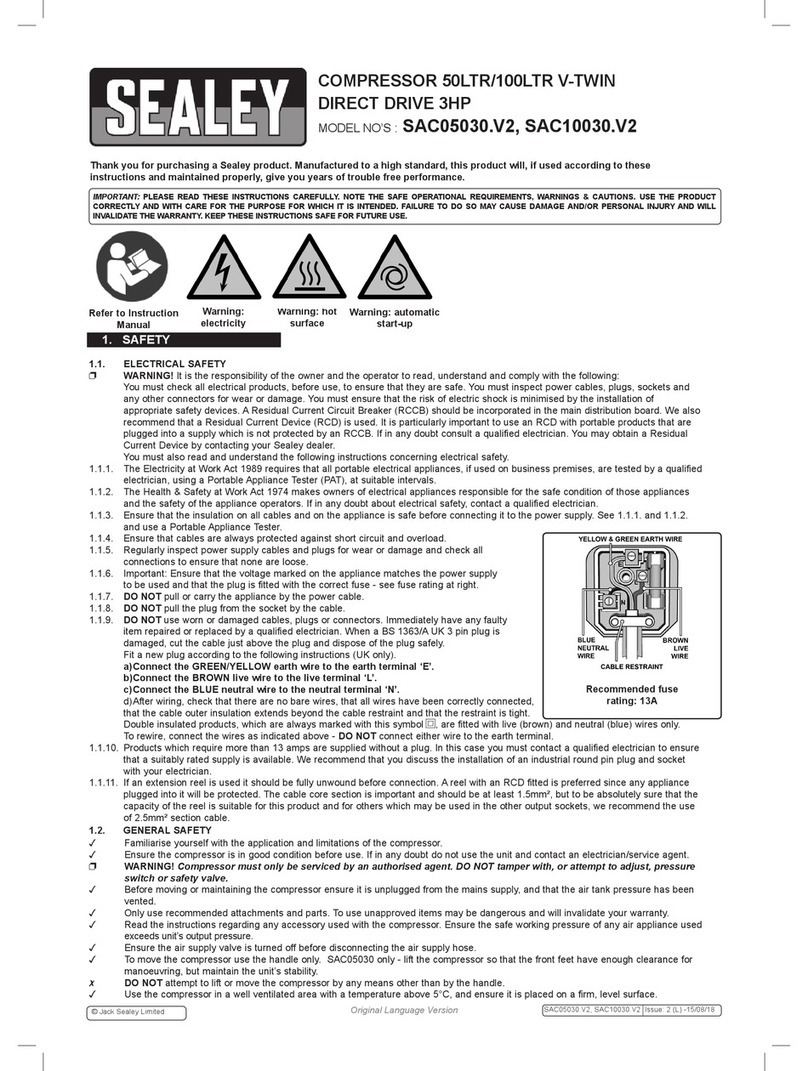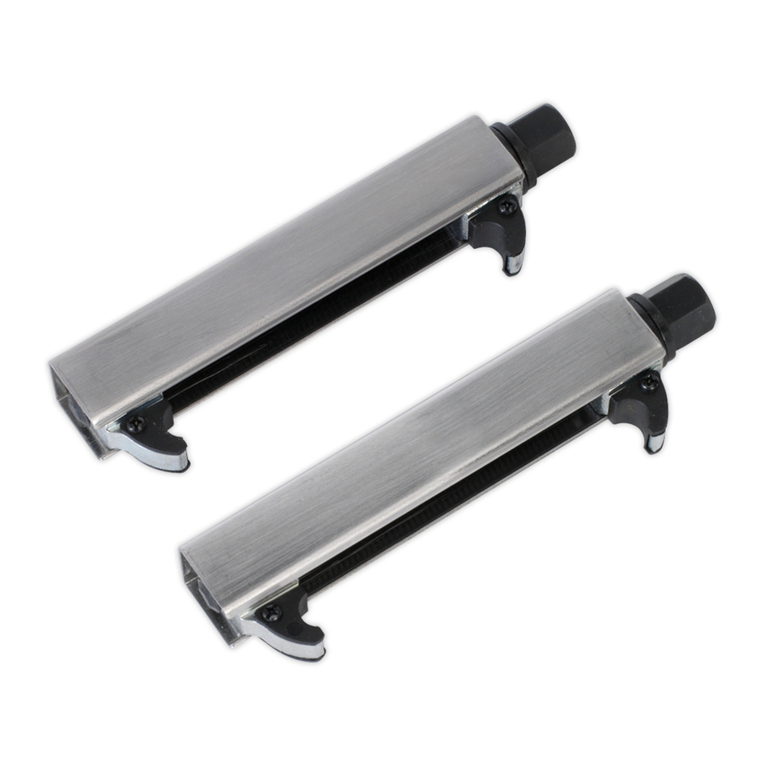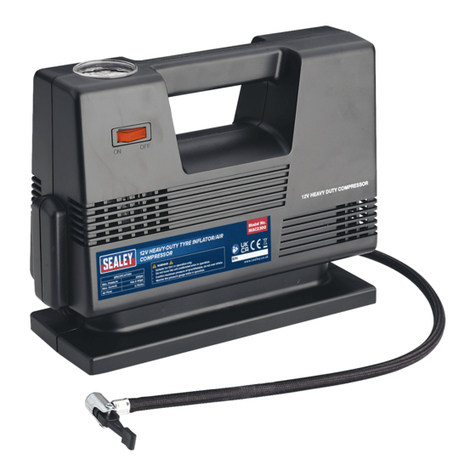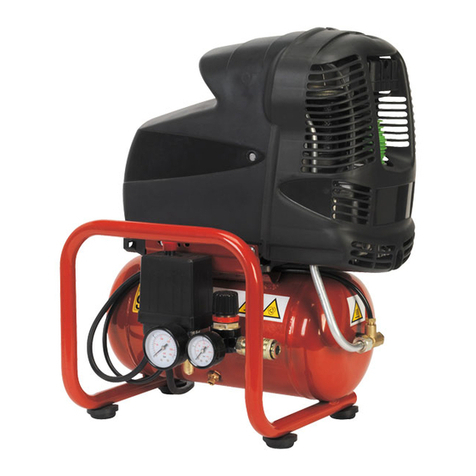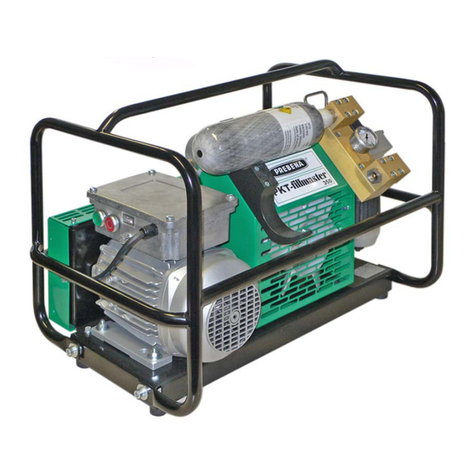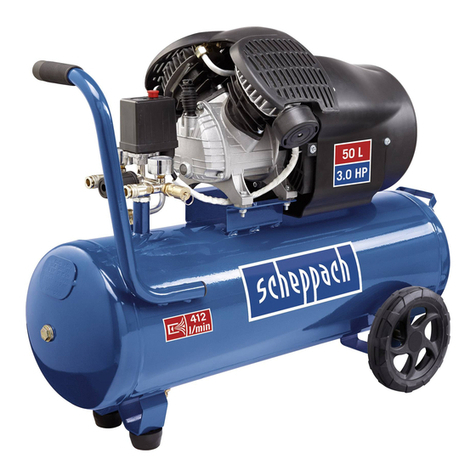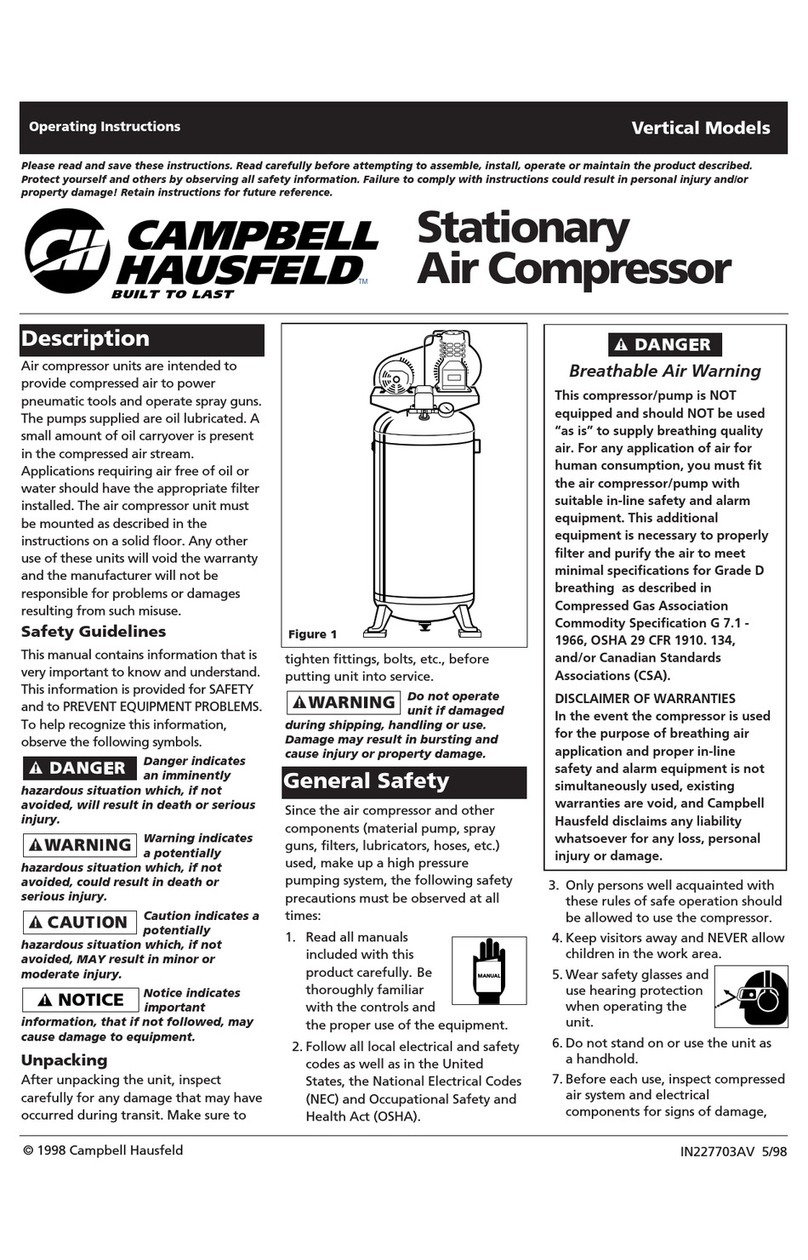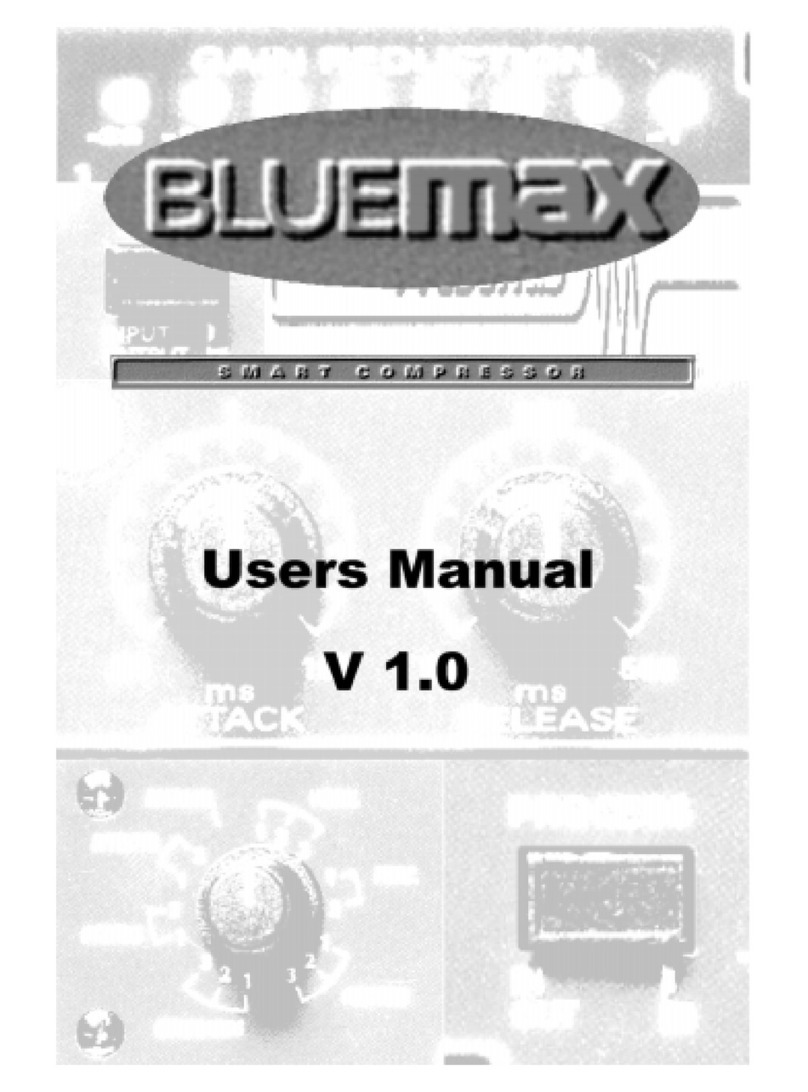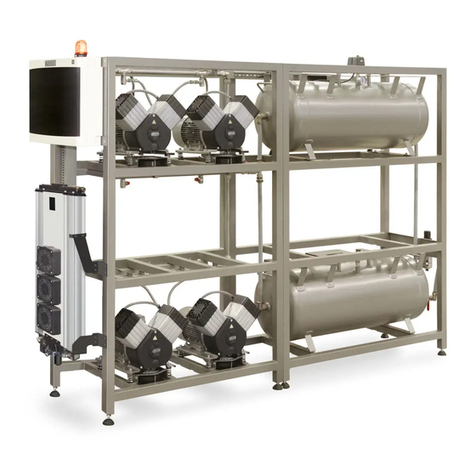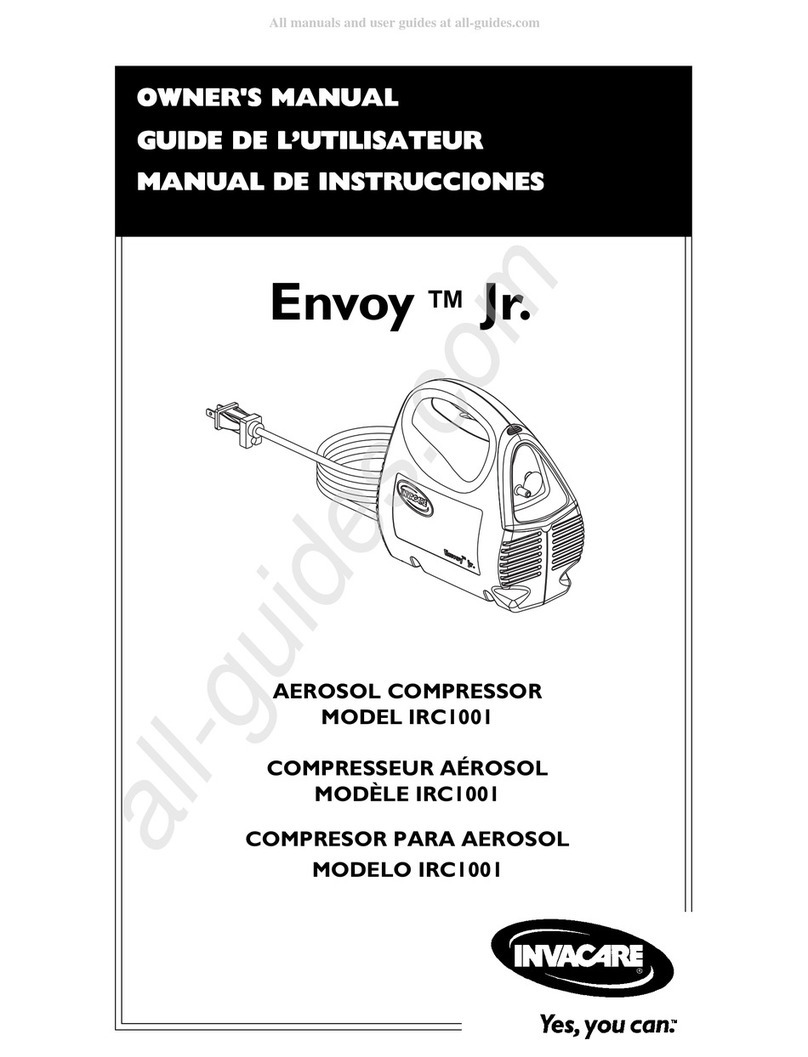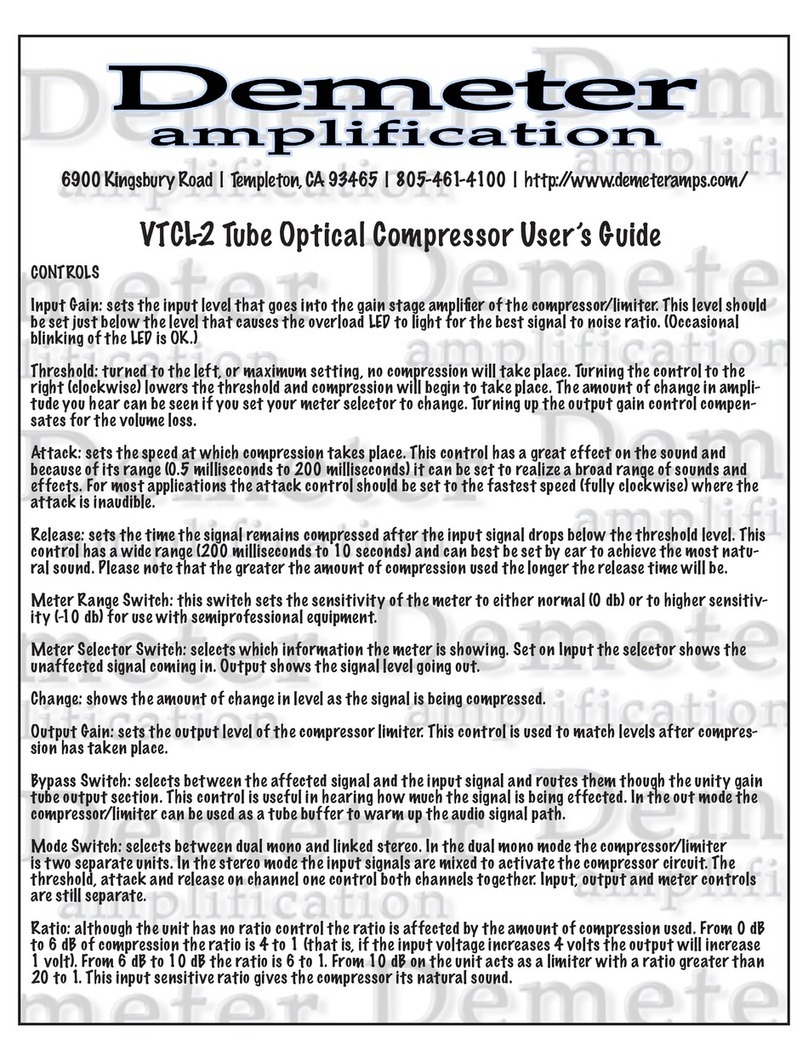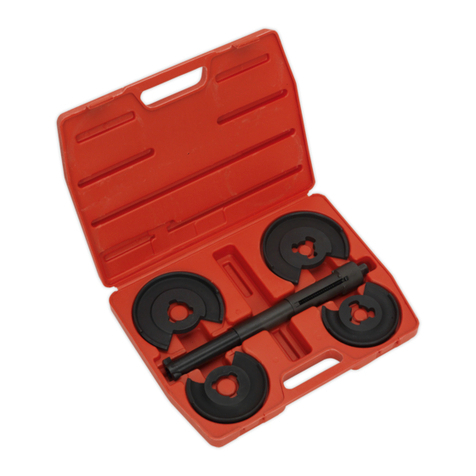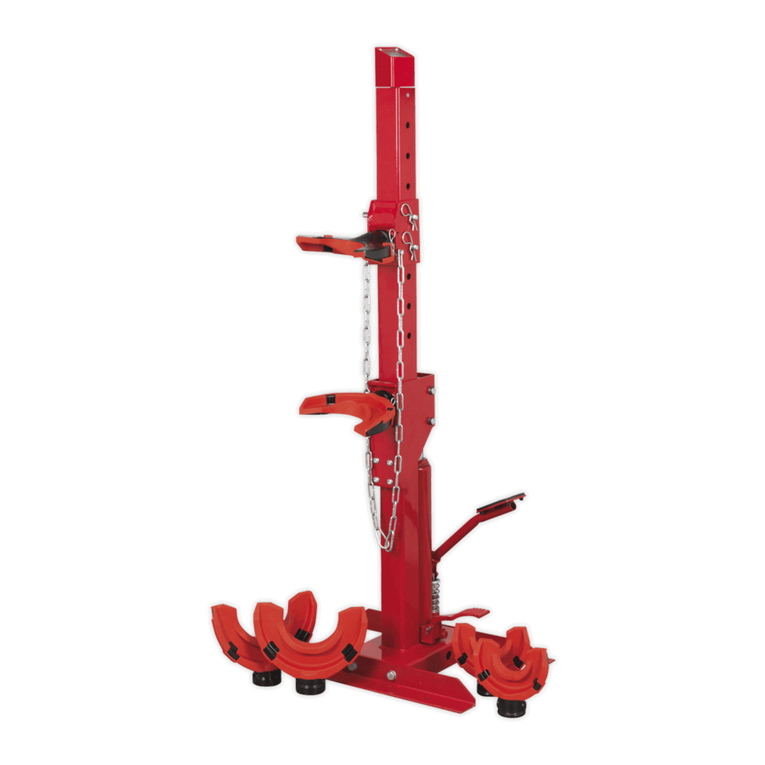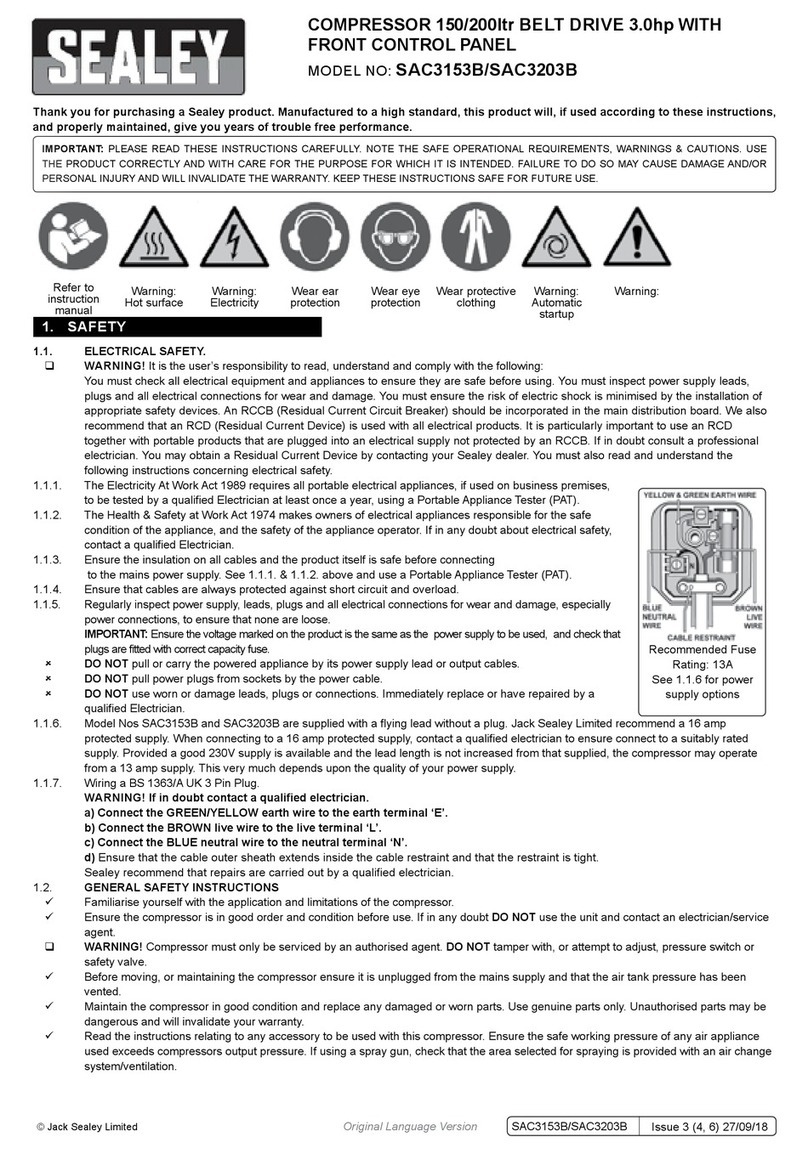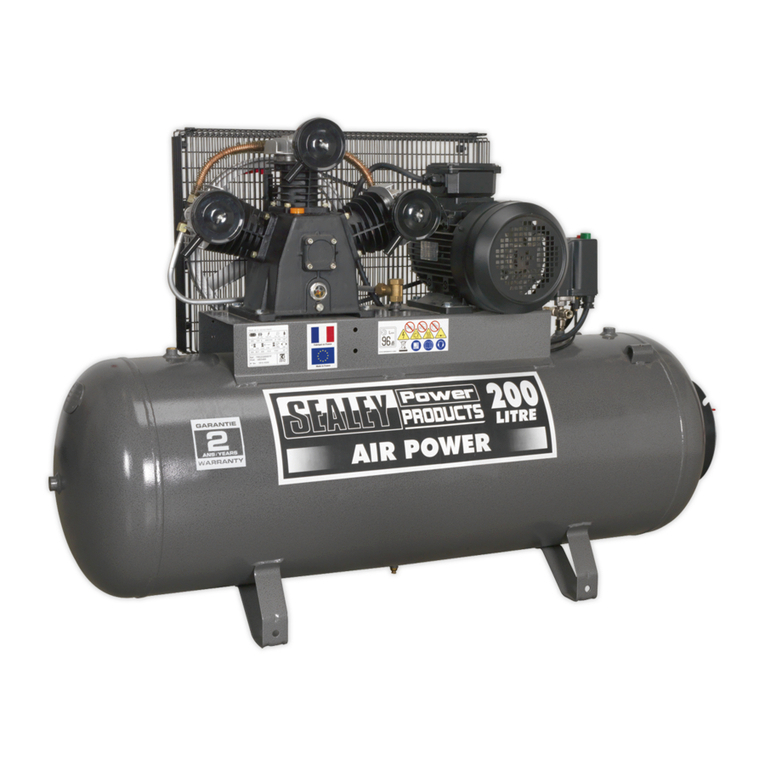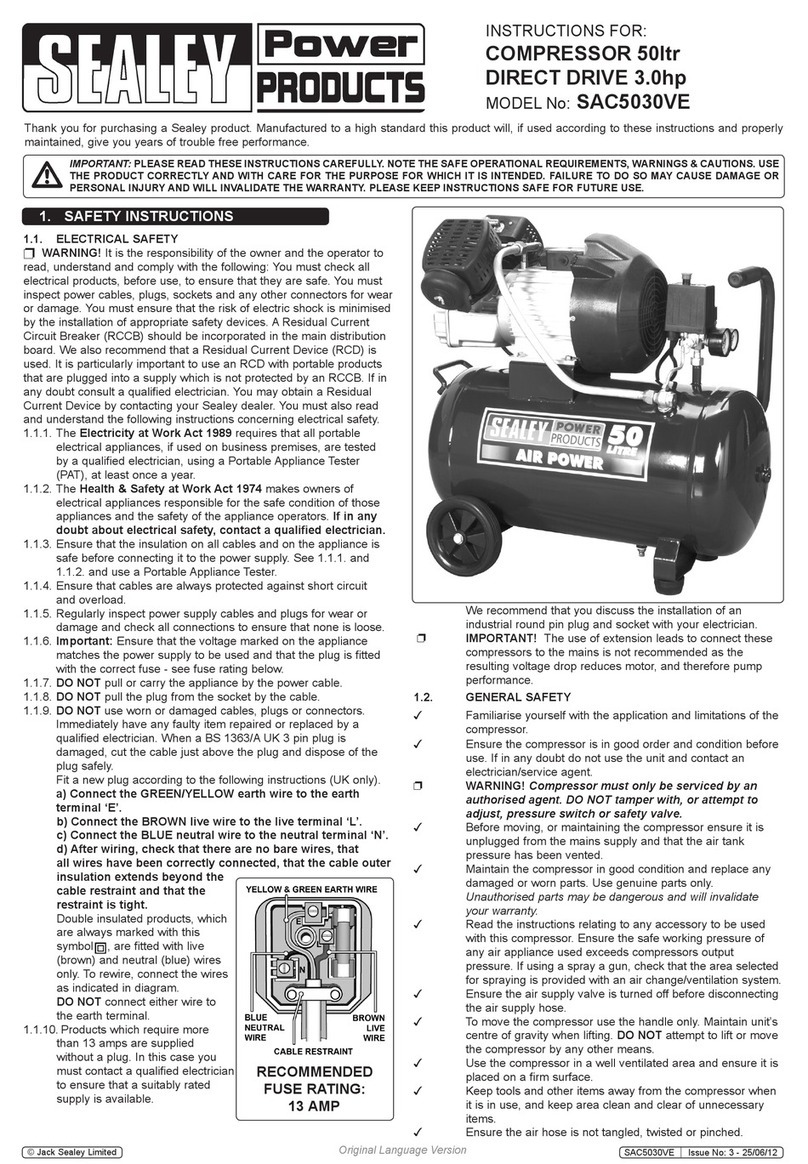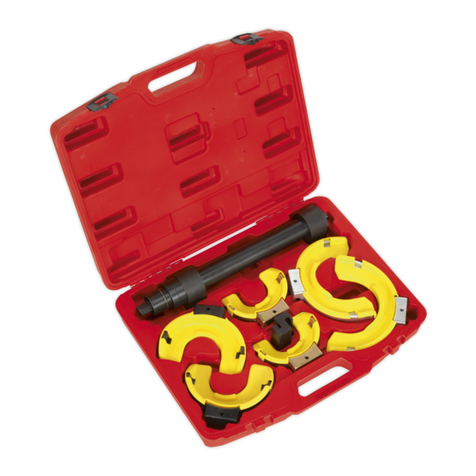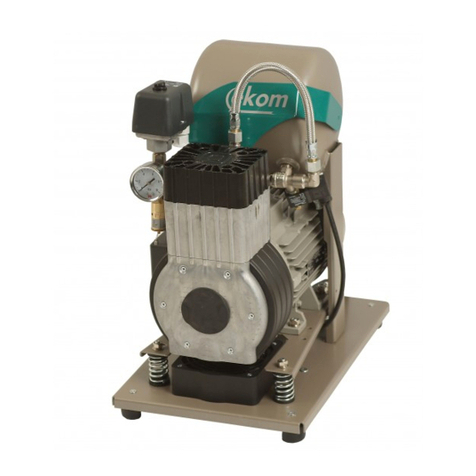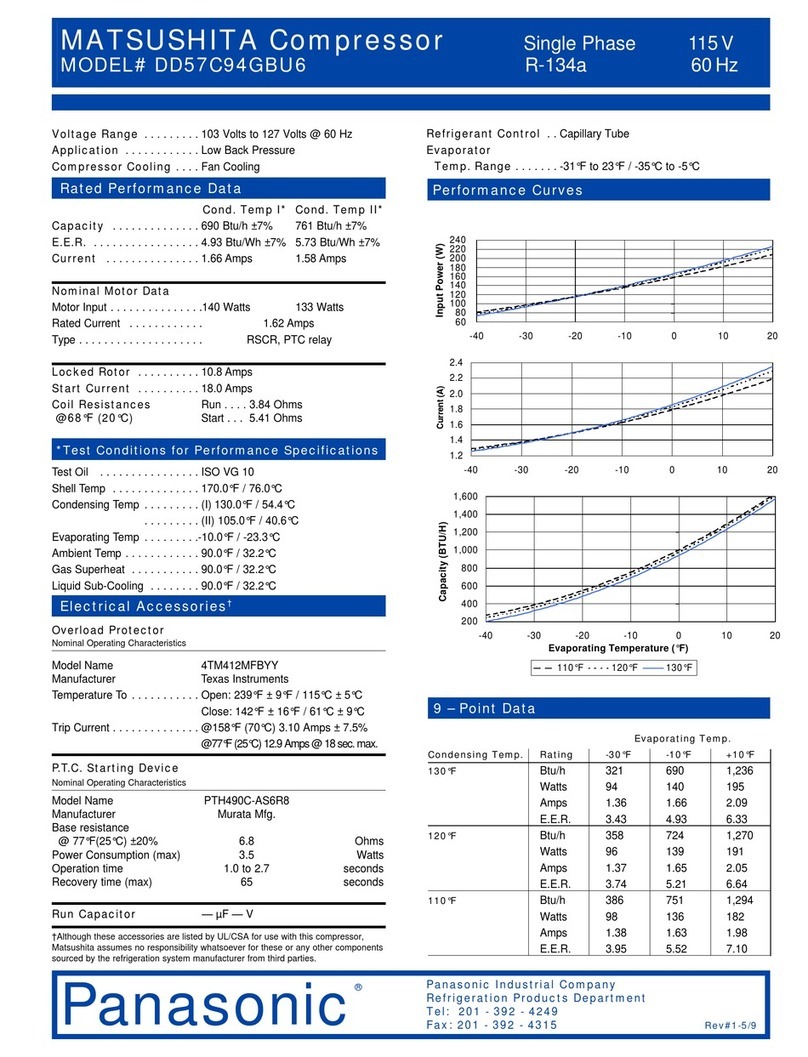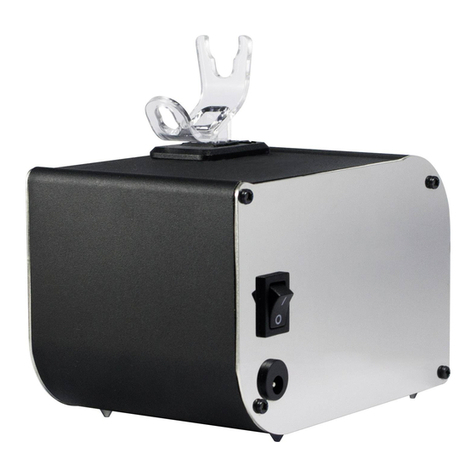
1.3. GENERAL SAFETY
3 Familiarise yourself with the application and limitations of the compressor.
3 Ensure the compressor is in good order and condition before use. If in any doubt DO NOT use the unit and contact an electrician/
service agent.
WARNING! The Compressor must only be serviced by an authorised agent. DO NOT tamper with, or attempt to adjust,
pressure switch or safety valve.
3 Before moving, or maintaining the compressor ensure it is unplugged from the mains supply and that the air tank pressure has been
vented.
3 Maintain the compressor in good condition and replace any damaged or worn parts. Use genuine parts only. Unauthorised parts may
be dangerous and will invalidate your warranty.
3 Read the instructions relating to any accessory to be used with this compressor. Ensure the safe working pressure of any air appliance
used exceeds compressors output pressure. If using a spray a gun, check that the area selected for spraying is provided with an air
change/ventilation system.
3 Ensure the air supply valve is turned off before disconnecting the air supply hose.
3 Move the compressor on a pallet or using slings beneath receiver near to domed ends, employing a fork lift truck or wheeled gantry
crane. Beware of off centre loads.
3 Use the compressor in a well ventilated area and ensure it is placed on a firm surface.
3 Keep tools and other items away from the compressor when it is in use, and keep area clean and clear of unnecessary items.
3 Ensure the air hose is not tangled, twisted or pinched.
3 Keep children and unauthorised persons away from the working area.
3When not in use, store the compressor carefully in a safe, dry, childproof location.
7 DO NOT disassemble compressor for any reason. The unit must be checked by qualified personnel only.
7 DO NOT use the compressor outdoors, or in damp, or wet, locations.
7DO NOT operate the compressor within the vicinity of flammable liquids, gases or solids.
7 DO NOT touch the compressor cylinder head or pipe from the head to tank as these may be hot.
7 DO NOT use this compressor to perform a task for which it has not been designed.
7 DO NOT deface the certification plate attached to the compressor tank.
7 DO NOT cover the compressor or restrict air flow around the unit whilst operating.
q DANGER! DO NOT direct the output jet of air towards people or animals.
7DO NOT operate the compressor without an air filter.
7DO NOT allow anyone to operate the compressor unless they have received full instructions.
WARNING! The air tank is a pressure vessel and the following safety measures apply:
7DO NOT tamper with the safety valve, DO NOT modify or alter the tank in any way and DO NOT strap anything to the tank.
7DO NOT subject the tank to impact, vibration or to heat and no welding operations are to be carried out on any pressurised parts of
the vessel. DO NOT allow contact with abrasives or corrosives.
V-pump belt driven compressor, 200ltr. The pump features heavy duty fully cast cylinders, capped by alloy heads for improved heat dissipation
and long life. Suitable for professional workshop applications. The 2 cylinder pump is powered by a 415v 3ph 3.0hp motor. A precision,
continuously welded receiver tank manufactured to meet Pressure Vessel Directive 2009/105/EC. Fitted with fully automatic pressure cut-out
switch and receiver drain valve. Supplied with 2 pneumatic tyred wheels, a leading swivel castor, fixings and 4 core 2.5 metre flying lead.
MODEL: ......................................................................SAC3203B3PH
Motor output: .....................................................................2.2kW/3hp
Voltage/phase: ..................................................................415V - 3ph
Rated supply:..................................................................................6A
Speed at pump:.....................................................................1243rpm
Noise level: ............................................................................96dB(A)
Air displacement cfm (ltr/min): ........................................ 13.4 (380)
Maximum free air delivery cfm (ltr/min):......................... 10.9 (310)
Tank capacity:............................................................................200ltr
Max pressure: ...............................................................145psi /10bar
Weight: ......................................................................................103kg
Dimensions (W x D x H): ...............................1410 x 600 x 1020mm
4.1. Remove compressor from packaging and inspect for any shortages or damage. If anything is found to be missing or damaged
contact your supplier.
4.2. Save the packing material for future transportation of the compressor. We recommend that you store the packing in a safe location, at
least for the period of the guarantee. Then, if necessary, it will be easier to send the compressor to the service centre.
4.3. Confirm that the mains voltage corresponds with the voltage shown on the compressor data plate.
4.4. Assemble the 2 wheels and leading swivel castor, using the nuts, bolts and washers supplied (fig.4).
4.5. The compressor should be operated on a flat surface, or one that does not exceed 5° either transversely or longitudinally
and should be in a position that allows good air circulation around the unit, (see 1000mm nominal perimeter in fig.6).
4.6. Before using the compressor check the oil level by referring to the oil sight glass (fig.5C). On a horizontal surface, if the oil level is not
up to the red centre mark it should be further topped up with recommended oil (See section 6.7). To top up unscrew plug (fig.5B).
4.7. Screw the back half of a filter unit into the port openings in each head as shown in (fig.5A and fig.3). Place a filter cover over each
threaded rod protruding from the back half of the filter and secure each with a wing nut.
4.8. Check the drain valve is fully closed (fig.9)
Original Language Version SAC3203B3PH Issue No: 1 - 27/10/14
©Jack Sealey Limited
2. INTRODUCTION
3. SPECIFICATION
4. ASSEMBLY
5. OPERATION
WARNING! Ensure that you have read, understood and apply Section 1 safety instructions.
5.1. IMPORTANT. The use of extension leads to connect this compressor to the mains is not recommended as the resulting
voltage drop reduces motor, and therefore pump, performance and could damage your compressor.
5.2. Take care when selecting tools for use with the compressor. Air tool manufacturers normally express the volume of air
required to operate a tool in cubic feet per minute (cfm). This refers to free air delivered by the compressor (‘air out’) which
varies according to the pressure setting. Do not confuse this with the compressor displacement which is the air taken in by
the compressor (‘air in’). ‘Air out’ is always less than ‘air in’ due to losses within the compressor.


